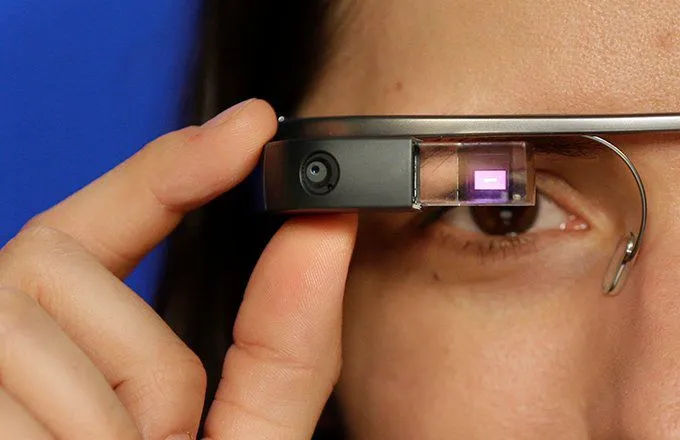Google Glass: A Look Back at the Pioneering Wearable’s Rise and Fall
PUBLISHED
- January 30, 2023
- 4:06 pm
PUBLISHED
- January 30, 2023
- 4:06 pm

Google Glass, the search giant’s highly anticipated foray into the world of wearable technology, promised to revolutionize the way we interact with our devices. Launched in 2013 as a concept device, Google Glass quickly gained attention for its head-mounted display and voice-controlled interface. However, despite its initial hype and excitement, Google Glass ultimately proved to be a commercial failure and was discontinued just two years later. So, what happened to Google Glass?
LIKE THIS
Zero Privacy


The hype surrounding Google Glass was palpable when it was first announced. Early adopters and tech enthusiasts were eager to get their hands on the device and see what it could do. However, as the first Google Glass units started to hit the market, a number of problems began to emerge. The biggest issue was privacy. The head-mounted camera and display made many people uneasy, and there were concerns that Google Glass wearers could secretly record or take photos of people without their consent.
In addition to privacy concerns, Google Glass was also criticized for its high price point and limited functionality. At $1,500, the device was simply too expensive for most consumers, and its limited app ecosystem meant that it lacked the versatility of other wearable devices on the market. Despite these problems, Google continued to push the device, releasing a number of updates and improvements over the next two years.
Despite Google’s efforts, however, Google Glass never gained the traction the company had hoped for. By 2015, it was clear that the device was not going to be the knock-out product that Google had envisioned. In January of that year, the company announced that it was discontinuing the consumer version of Google Glass and would be focusing on enterprise applications for the device instead.
The Takeaway


So, what can we learn from the rise and fall of Google Glass? For one, it shows us the importance of considering privacy concerns when developing new technology. The backlash against the device’s camera and display highlights the need for tech companies to be mindful of how their products may be perceived by the public. Additionally, the failure of Google Glass serves as a reminder of the importance of delivering a product that is both affordable and functional.
If you were impressed with Google Glass, you’ll be happy to know that Google has not given up on the idea of wearable technology altogether. In recent years, the company has continued to invest in this space, and has released a number of new products, including the Google Pixel Watch and an enterprise version of the Google Glass. These products have been met with more positive reviews than the original Google Glass, and they suggest that the company has learned from its previous mistakes.
Moving Forward


Google Glass may have been a commercial failure, but it will always be remembered as a pioneering device that helped lay the foundation for the wearable technology we know today. Its impact can be seen in the increasing popularity of smartwatches and other wearable devices, and it serves as a reminder of the incredible potential that these devices hold.
With remote work becoming more of a norm in recent years, the concept of smart glasses and heads up displays has once again become relevant. Companies like Apple and Facebook are reportedly working on their own smart glasses, and it remains to be seen what the future holds for this technology. But, one thing is certain: the legacy of Google Glass will continue to shape the direction of wearable technology for years to come.









